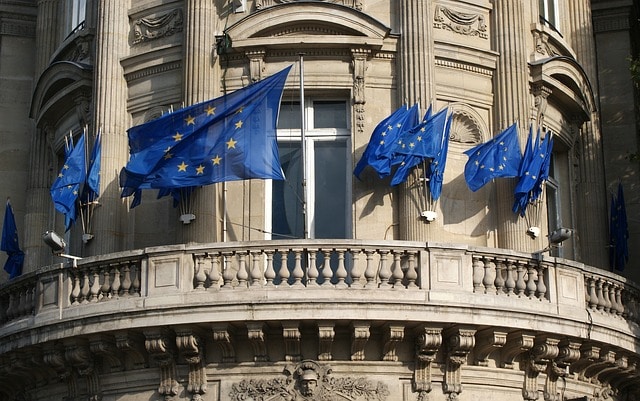Machinery; the key to survival
Humans have accomplished so much in the course of our history. This section has been copies wrong from the file I believe . We have explored the depths of the ocean floors. We have begun to look past the findings of our galaxy. But what is that one common factor that has made these impossible tasks manageable for us? Machines. From the moment we needed to calculate the trajectories of the moon landing to today’s modern age of discovering new languages at the click of your fingertips, machinery has been a human’s best guide to unlocking a whole new horizon.
A Step Above Humans
As our technology advances so do our desires for wanting everything done promptly. More and more often companies are beginning to look at global expansions within the first few years of their startup. But how are they managing to break the language barrier so rapidly? A quick and convenient solution; machine translations.
Machine translation (MT) is exactly what it sounds like, it’s an automated software that can translate the desired content into target languages. While this may seem like a new concept, it has been around for decades, in fact, studies show that the initial ideas of MT might have even been explored as early as the 17th century. However, machine translation truly did not start blooming until the 1950s. Flash-forward to 2019, thanks to the development of neural engines and the constantly increasing demand of translations, we are seeing that translations companies across the board use MT as a way to strengthen productivity, cut costs and also offer post-editing (PE) services.
To Err Is Machine
The proficiency of a machine entirely depends on the processors of the engines, the target audience, the field of expertise, the type of material and above all the level of quality the client is expecting. Machine translations are not meant to be perfect and neither is it meant to take off the jobs of translators. That’s why many translation companies have put into place post-editing services.
Think of PE services as the second pair of eyes for your machine translation. It’s a method translation companies are giving their translators special training for. Ultimately the intentions of PE services is not to change the entire text of a machine translation but to rather adjust for the target audience. Depending on the customer demand there are two types of PE services to offer:
- Light post-editing
This method is often used when clients have a time constraint and when documents are used for in house purposes.
- Full post-editing
This second approach is more time consuming and clients often demand this for bigger projects, such as a first step into the international market. In this process, our post-editors can take the time to comb out the fine details to ensure the captivation of your target audience.
Key Guidelines for MTPE Services
When choosing MTPE as a go-to choice for your translation needs there are some parameters you can set that can result in a high-quality product.
- Make sure that this a service applies to your industry
- Attention to detail for grammatical errors such as spelling, punctuation, etc.
- Use raw MT data as much as possible
- Correcting any data/translation that can be offensive to the target audience
- No data is intentionally excluded just for convenience
- Finally yet importantly making sure that the highest level of accuracy is achieved so you walk away with a product that is worth boasting about
Our Commitment to You
During the duration of our tenure, we at EuroLingo have successfully helped over 400 clients worldwide in over 30 different languages. It is our mission to place our customers first, therefore, making us the number one choice for a translation agency in europe in all of Eastern Europe. More so, our team hones in key characteristics that set us lightyears ahead of the nearest competitor. These include but are certainly not limited to these features:
- Native In-House Translators: By hiring all native speaking translators, we ensure that all your material is translated with cultural sensitivity in mind assuring that maximum outreach for your target audience.
- ISO-17100: Being certified we assure our clients that we deliver their project with the greatest finesse.
- Current Technology: A company is only as good as the technology they use therefore we use features like CAT tools and translation memory to ensure the quick and adequate translation of your material.
- Flexibility: No matter the size and timeline of your project, our team at EuroLingo will cater to all your specific requirements.
When looking for a translation agency is Europe your search ends with EuroLingo. With our main office located in Poland and three other translation agencies (Czech, Russia, and Germany) located all across Eastern Europe we are always available for any questions and concerns. For further details and inquiries, feel free to contact our specialized sales today.
